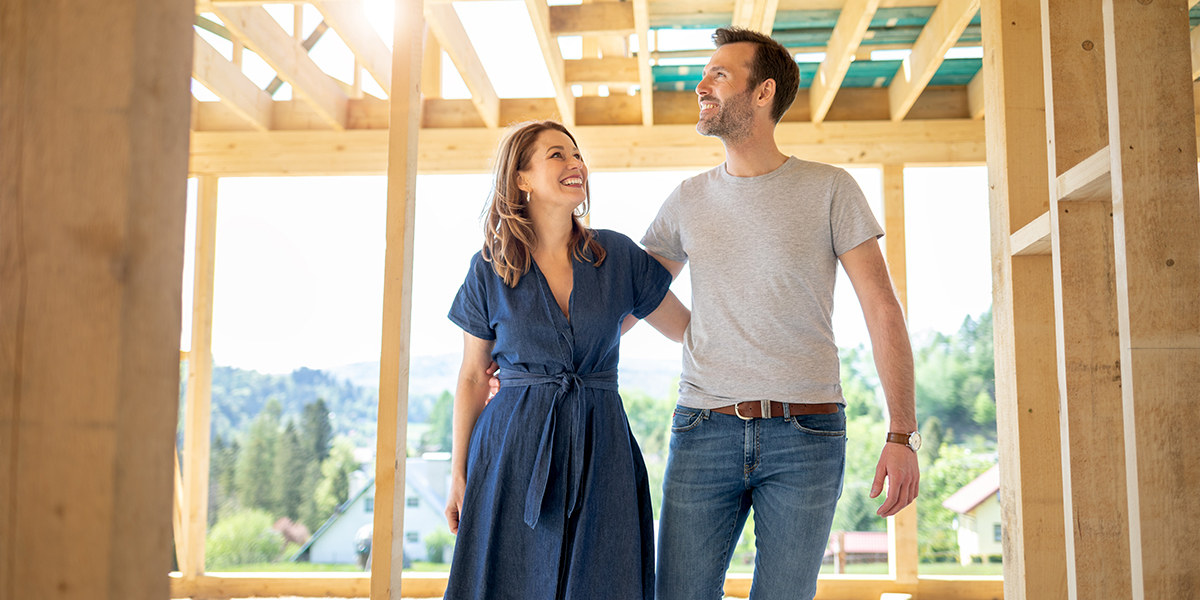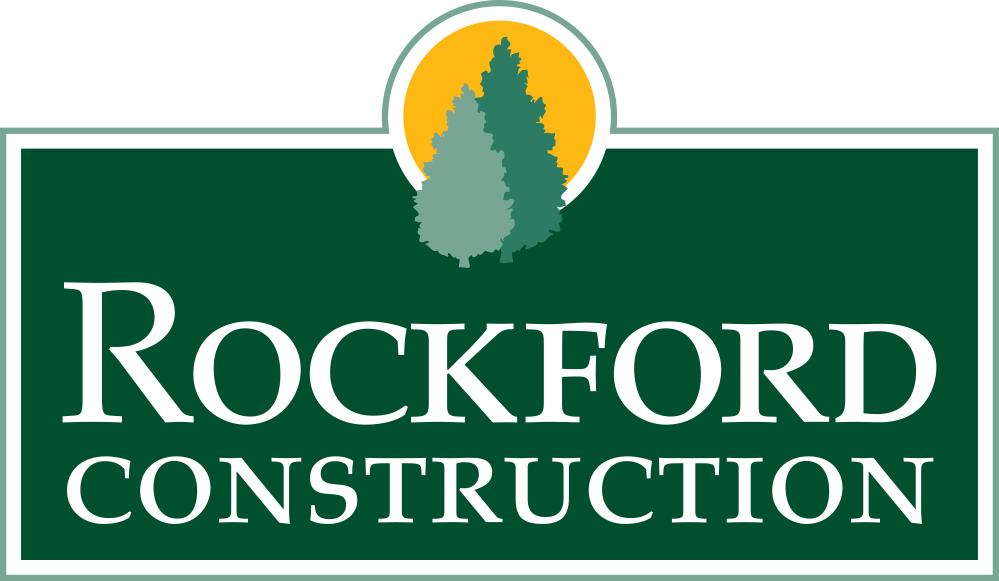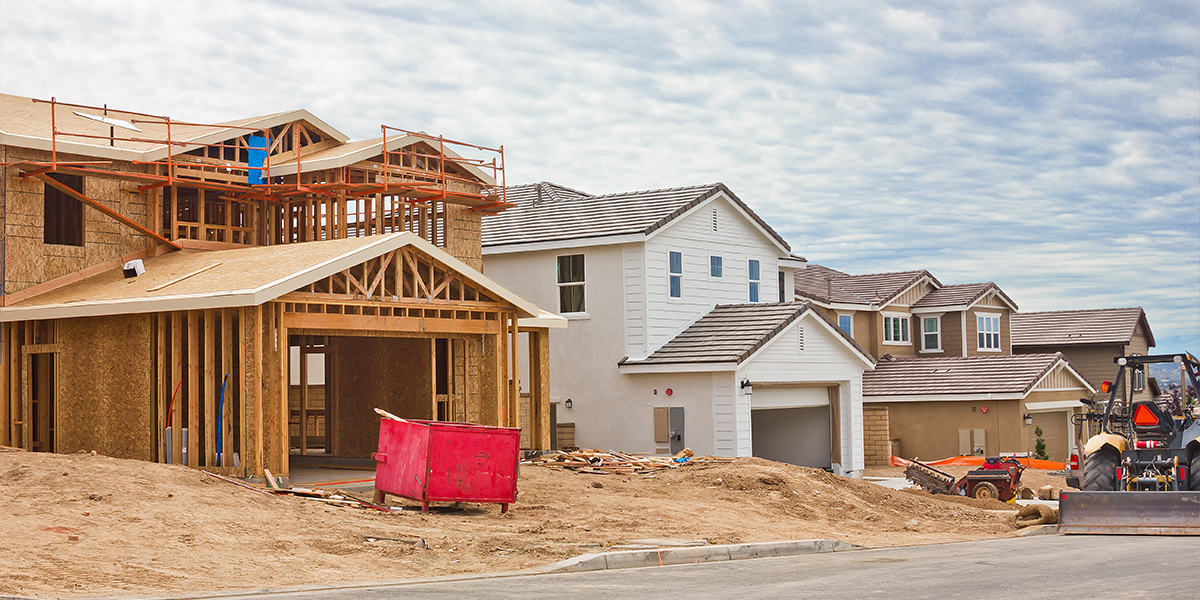
What’s Behind the Growing Trend of Single-Family Infill Construction in Central Ohio?
In recent years, Central Ohio has witnessed a significant shift in housing preferences, with more people seeking the convenience and vibrancy of urban living. The shift reflects a broader trend being seen across the United States, where urban living has become more desirable due to various socioeconomic factors. This change has spurred an increase in single-family infill construction.
So, what’s behind the growing trend of single-family infill construction in Central Ohio?
In this article, we’ll unravel the layers contributing to this movement, from influences such as affordable housing concerns, population growth, an influx of major tech and healthcare employers, and the desire for a more connected community experience.
As the Columbus area adapts to these changing demands, the landscape of urban housing construction will continue to evolve, reflecting the diverse needs and aspirations of the city’s residents.
What is Single-Family Infill Construction?
Single-family infill construction refers to the development of new single-family homes within established neighborhoods, optimizing unused or underutilized parcels of land. The lots are sometimes sandwiched between existing structures, other homes, or businesses, thereby creating unique design challenges.
And yet, despite the challenges, quite a bit of single-family infill construction is underway in Columbus and throughout other cities in Central Ohio.
The goal of this type of development is to maintain the integrity of established neighborhoods while also improving the quality of life for its residents. This approach not only supports the growing demand for housing in the city but also revitalizes communities and preserves the character of mature streetscapes.


The Appeal of Urban Living
The allure of urban living in Central Ohio has much to do with the changing preferences of young professionals and families who value reduced travel times and access to city amenities. The area is fast becoming a major hub for healthcare and technology jobs fueled by Nationwide Children’s Hospital and the Ohio State University Wexner Medical Center, along with Amazon, Google, Intel, and Microsoft.
Also, in the last decade, population growth in Franklin County has been on a steady climb, with recent college grads remaining in town to pursue careers while new transplants arrive for positions with major employers in tech and healthcare. As these population segments opt to stay closer to the heart of the city, the demand for single-family homes within the urban core has grown.
This shift not only reflects a desire for a more integrated lifestyle but also signals a broader change in how individuals relate to their built environment. Central Ohio’s new construction of single-family units in existing neighborhoods demonstrates a commitment to creating more productive and vibrant urban areas and responding to the very real need for additional housing options.
Economic Factors
Certain economic factors play a significant role in the uptick of single-family infill construction in Central Ohio. With the suburbs reaching their developmental limits and available land becoming scarcer, the cost of building in undeveloped areas has escalated.
City planners and leadership are supporting infill projects as a more affordable alternative, which often brings new housing stock without the need for extensive infrastructure expansion. These developments can be more cost-effective in the long term and cater to the growing housing shortage in a way that promotes efficient land use.
Also, developers are incentivized to invest in infill projects through tax abatements, grants, and other financial incentives offered by city and state governments. These incentives help offset the higher costs associated with urban development and make single-family infill projects more financially viable.


Environmental Considerations
Infill construction is indeed a linchpin for sustainable urban growth, providing a blueprint for efficient land use and resource conservation. Infill projects capitalize on pre-existing roads, utilities, and public services, thereby minimizing the need for new infrastructure and reducing the carbon footprint associated with development.
This approach contrasts sharply with suburban sprawl, which often involves extensive land clearing, longer commutes, and increased vehicle emissions.
Infill projects also tend to be more pedestrian-friendly, encouraging residents to walk or bike rather than drive, which further reduces overall greenhouse gas emissions. This, too, brings about feelings of shared concern, impact, and success when residents know they’re part of an effort to help preserve green spaces and lower their community’s carbon footprint.
Policy and Zoning Changes
Local governments in Central Ohio have noted the benefits of single-family infill construction and are beginning to implement policies that support such development. Zoning laws are being updated to allow for greater density and a mix of housing types within the city’s core.
There is now a commitment to inclusive zoning practices that also extend to initiatives that protect existing neighborhoods while still allowing for new growth. For example, some policies require a certain percentage of new housing to be designated as affordable, ensuring that long-time residents can remain in their communities even as property values rise.
These strategic policy changes demonstrate an understanding of the complex challenges facing urban development and represent a deliberate effort to balance growth with the needs of current and future residents.
By encouraging these changes, high-population areas like Columbus are positioning themselves to better manage growth over the coming years. The city’s support for infill projects that create a diverse range of housing units, addressing both the shortage of affordable housing and the desire for new single-family homes, is a hopeful sign the infill trend will continue.
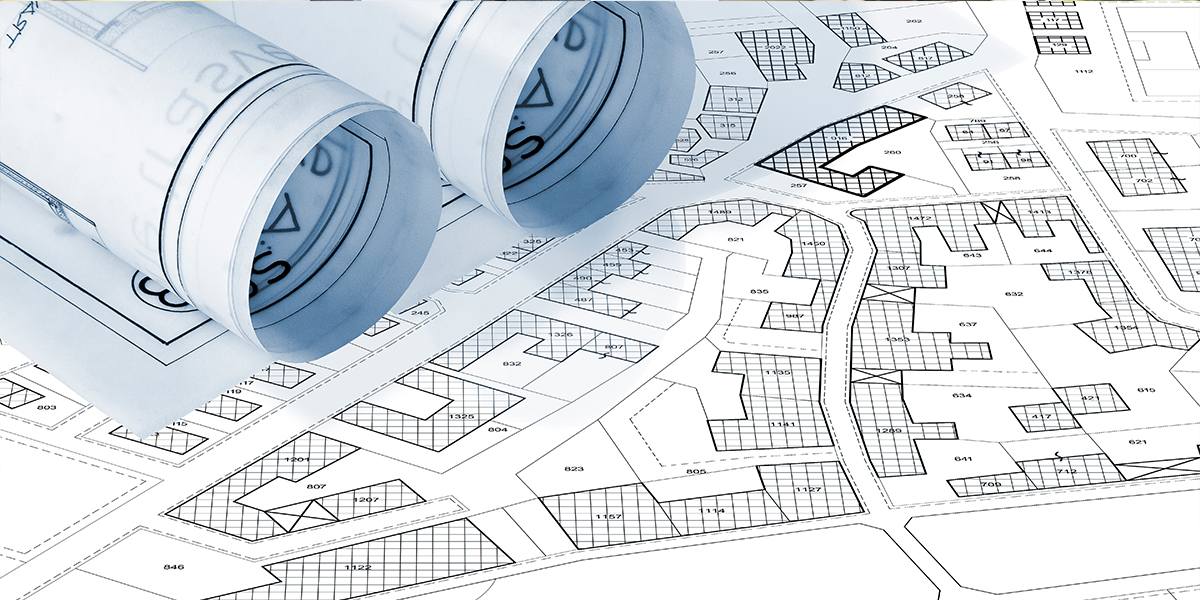
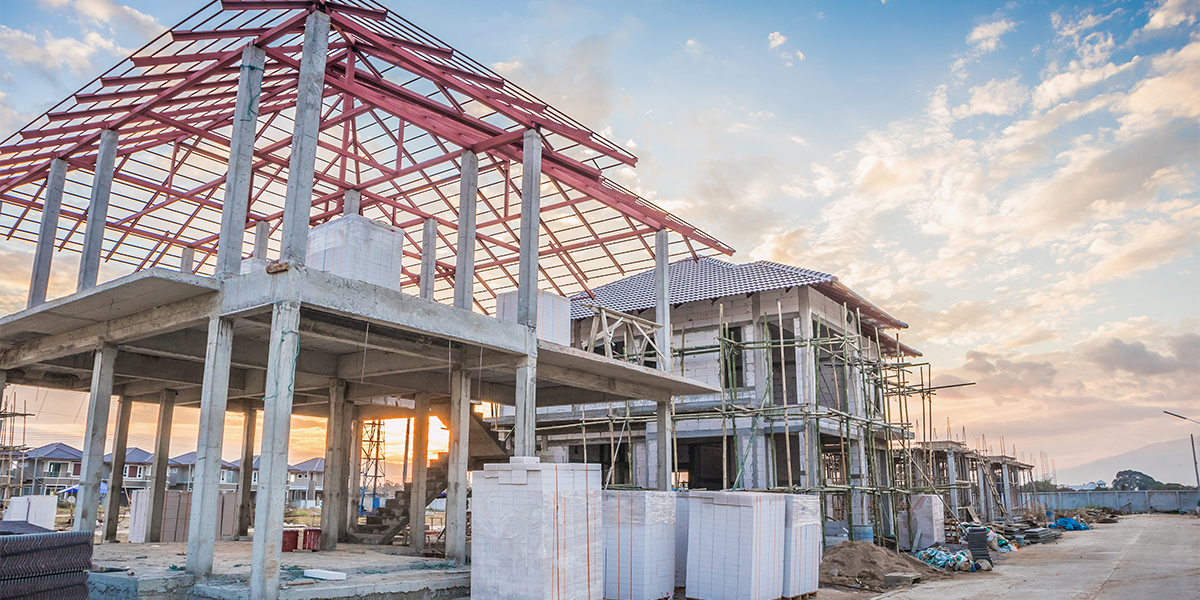
The Challenges of Infill Development
Despite its benefits, single-family infill construction in Central Ohio is not without its challenges. Building within the constraints of existing neighborhoods often means facing resistance from residents who are wary of change.
The challenge of integrating new infill homes into historic areas while maintaining the character of the street can also be a delicate balancing act. Developers must keep in mind the community’s concerns and work collaboratively to ensure that new development is seen as a positive and productive addition.
The Future of Single-Family Infill Construction in Central Ohio
The growing trend of single-family infill construction in Central Ohio is a multifaceted phenomenon driven by economic, environmental, and policy factors. This development approach is a testament to the area’s commitment to creating a variety of housing opportunities and revitalizing city neighborhoods.
As Central Ohio continues to grow and change, single-family infill construction remains a key strategy for meeting the housing needs of its residents while preserving the unique character of its communities.
If you’re interested in starting an infill construction or development project, now is the time to speak with the experts at Rockford Construction to learn more. Single-family infill projects can bring new life to a neighborhood while also enhancing your real estate investment portfolio.
